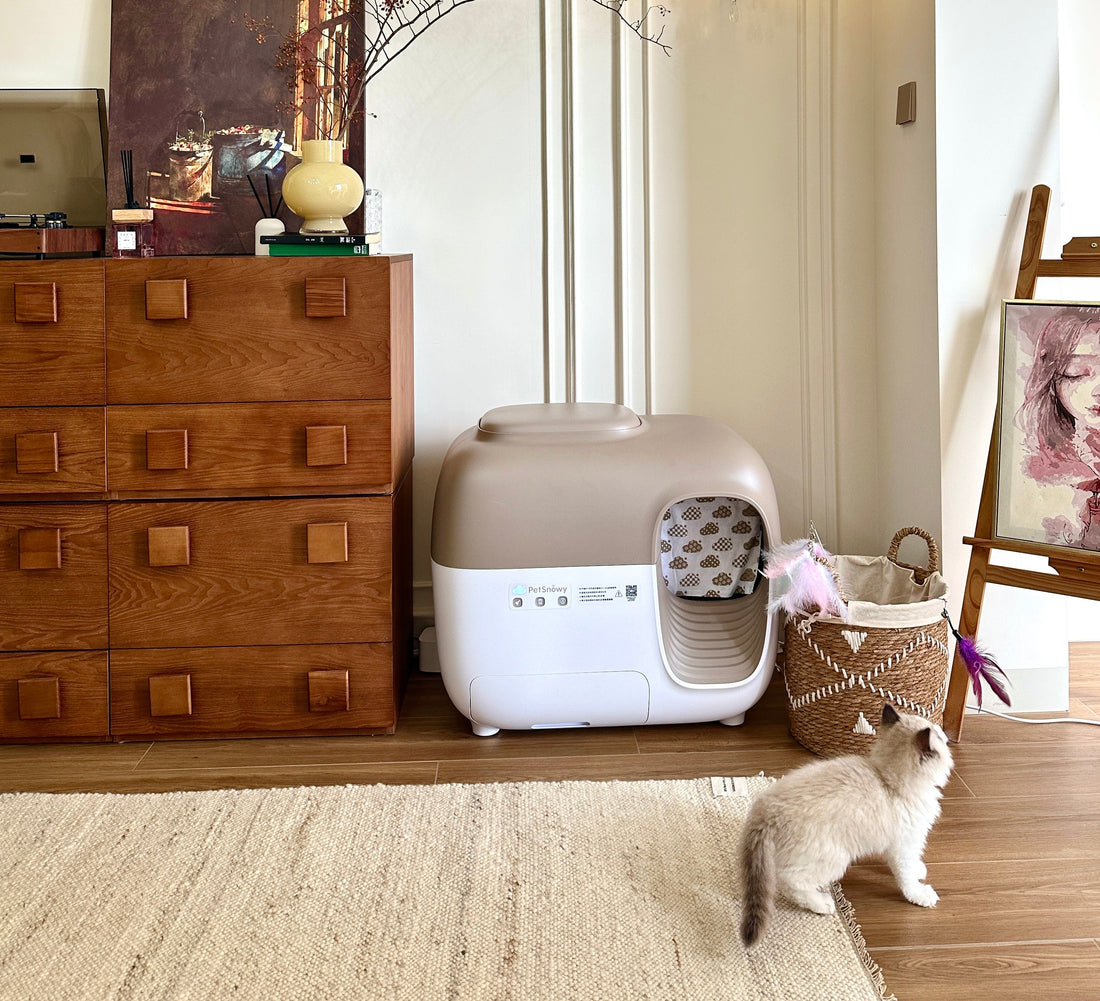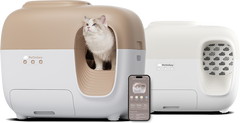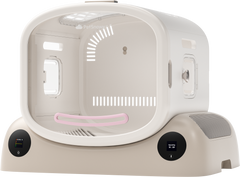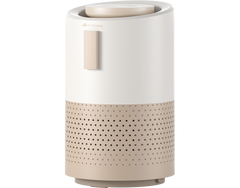Cat Travel Planning - How Long Can They Stay Alone?

When planning a trip, cat parents face unique considerations about their pet's care during their absence. Cat travel planning isn't just about packing your own bags—it's about creating a secure, comfortable environment for your feline friend while you're away. Understanding how long cats can safely stay alone and how to prepare for your absence helps ensure peace of mind for both you and your pet.
Understanding Time Limits
Effective cat travel planning begins with knowing appropriate time limits for feline solitude. While cats are generally independent, they shouldn't be left completely alone for more than 24 hours. Even with automated feeding and litter solutions, cats need human interaction and monitoring to ensure their well-being. For trips longer than a day, arranging for pet sitters or check-in visits becomes essential.
Automating Essential Care
Modern technology can significantly enhance your cat travel planning. Automated solutions like the PetSnowy ecosystem help maintain routine care during shorter absences. The SNOW+ automatic litter box ensures consistent cleanliness, while automated feeders maintain regular meal schedules. These systems provide reliable care during day trips or overnight absences, though they shouldn't be the sole solution for extended periods.
Choosing Care Options
Cat travel planning for longer trips requires careful consideration of care arrangements. Options typically include:
-
Professional pet sitters who visit once or twice daily, providing food, water, litter maintenance, and social interaction
-
Live-in pet sitters who maintain your cat's normal routine in familiar surroundings
-
Trusted friends or family members who can check in regularly
Each option has its merits, and the best choice depends on your cat's personality and needs.
Creating a Comfortable Environment
Successful cat travel planning includes preparing your home environment. Ensure multiple fresh water sources are available, even with automated fountains. Create cozy retreats in favorite spots, and leave some unwashed clothes with your scent in their preferred resting areas. Maintaining familiar scents helps reduce anxiety during your absence.
Setting Up Monitoring
Modern cat travel planning often incorporates technology for remote monitoring. Smart cameras can help you check on your cat's well-being, while automated feeders with apps allow you to track eating patterns. The PetSnowy app enables monitoring of litter box usage and feeding schedules, providing valuable peace of mind during your absence.
Establishing a Care Schedule
Whether relying on automation or human caregivers, consistent schedules remain crucial in cat travel planning. Maintain regular feeding times through automated systems or caregiver visits. The predictability helps reduce stress during your absence. Document your cat's routine for caregivers, including feeding amounts, medication schedules, and behavioral patterns.
Emergency Preparedness
Thorough cat travel planning includes preparing for emergencies. Leave detailed contact information including: Your phone number and email Your veterinarian's information Emergency veterinary services in your area A trusted local contact who can make decisions in your absence Keep these details easily accessible for caregivers.
Environmental Enrichment
When planning extended absences, environmental enrichment becomes crucial. Set up engaging activities that don't require human interaction, such as window perches for bird watching or safe puzzle toys. However, avoid introducing new toys or equipment just before leaving, as changes can create additional stress.
Length of Stay Considerations
Different durations require different levels of cat travel planning:
Day Trips (8-12 hours): Automated solutions can typically handle essential needs
Weekend Trips (2-3 days): Daily caregiver visits minimum, with automated support
Extended Trips (4+ days): More comprehensive care arrangements needed, like a long-term pet-sitter or boarding
Pre-Trip Preparation
Start your cat travel planning well before departure. Test automated systems to ensure proper function. Familiarize caregivers with your home and cat's routine. Stock up on familiar food, litter, and medications, ensuring supplies exceed your planned absence.
Return Transition
Include post-trip considerations in your cat travel planning. Schedule your return when you can spend time reconnecting with your cat. Maintain their normal routine through automation or caregivers until your return, avoiding abrupt changes that might cause stress.
Ready to start planning your trip? Begin preparing well in advance, considering both your cat's physical and emotional needs during your absence, and it’ll be best for the both of you.








